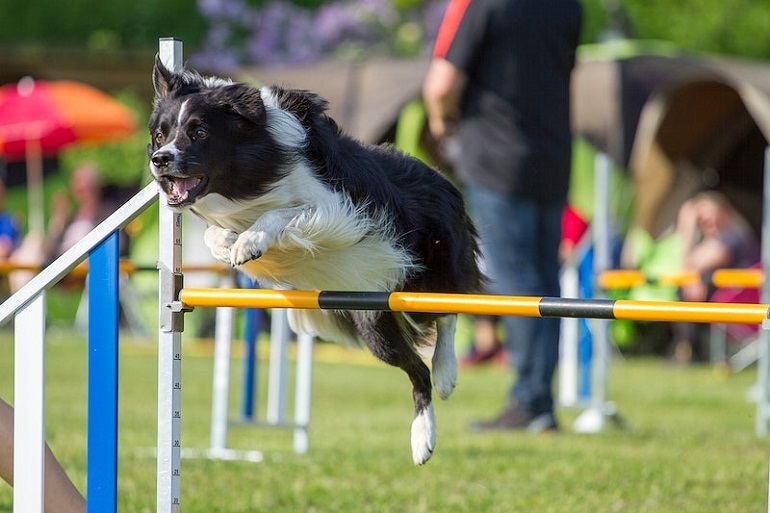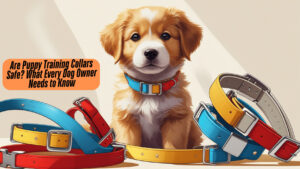Bringing home a new puppy is an exciting adventure filled with cuddles, joy, and—let’s be honest—a fair share of challenges. As a new dog owner, you might feel overwhelmed by the task of training your furry friend. But don’t worry! This week-by-week guide will walk you through everything you need to know to set your puppy up for success.
Introduction: Your Puppy Training Journey Begins
Training isn’t just about teaching commands—it’s about building a lifelong bond with your new companion. The first few weeks are crucial in establishing communication, trust, and good habits that will last a lifetime. Whether you’re a first-time dog owner or adding a new family member, this guide will be your roadmap to raising a well-adjusted, happy puppy.
Pre-Training Preparation: Setting the Stage for Success
Before your puppy even arrives home, preparation is key. Start by puppy-proofing your living space:
- Remove small objects that could be swallowed
- Secure electrical cords
- Create a designated puppy area
- Purchase essential supplies like a crate, bed, food and water bowls, collar, leash, and plenty of toys
Pro tip: Think of your home from a puppy’s perspective. Get down to their level and look for potential hazards or tempting chew targets.
Week 1: Settling In and Building Foundations
First Days at Home
The first week is all about creating a sense of security and routine. Your puppy is leaving everything familiar behind, so patience is crucial. Establish a consistent schedule for:
- Feeding
- Potty breaks
- Sleeping
- Playtime
Housebreaking Basics
Housetraining is your first major challenge. Key strategies include:
- Take your puppy outside every 1-2 hours
- Always go to the same spot outside
- Use a consistent command like “Go potty”
- Reward immediately with treats and praise
- Watch for signs like sniffing, circling, or whining
Crate training can be a game-changer. Make the crate a positive space with comfortable bedding and occasional treats.
Week 2: Building Basic Obedience
Essential First Commands
Start with simple commands that create a foundation for future training:
- Sit: Hold a treat above your puppy’s nose, slowly move it back. As their head tilts up, their bottom will naturally lower.
- Stay: Begin with very short durations, gradually increasing time and distance
- Come: Use an excited, welcoming tone and always reward when they respond
Socialization Begins
Expose your puppy to various people, sounds, and gentle experiences. The goal is to create positive associations:
- Invite calm friends to meet your puppy
- Introduce different sounds (vacuum, doorbell)
- Use treats to create positive experiences
- Keep interactions short and positive
Week 3: Advanced Basic Training
Leash Training
Many puppies find leashes confusing at first. Make it fun:
- Start indoors with short sessions
- Use treats to encourage walking beside you
- Keep initial walks short and positive
- Practice in low-distraction environments
Bite Inhibition
Puppies explore the world with their mouths. Teach gentle play:
- Yelp or say “Ouch” when biting gets too hard
- Immediately stop play if biting continues
- Provide appropriate chew toys
- Never use your hands as toys
Week 4: Expanding Training and Socialization
Command Refinement
Now’s the time to add complexity:
- Practice commands with mild distractions
- Use both verbal and hand signals
- Keep training sessions short (5-10 minutes)
- Always end on a positive note
Controlled Socialization
Carefully introduce your puppy to:
- Other vaccinated dogs
- Different environments
- Various people
- New sounds and experiences
Weeks 5-6: Intermediate Training
Advanced Commands
Build on earlier lessons:
- “Down” command
- “Leave it” technique
- Improved recall
- Basic impulse control
Behavioral Management
Address common puppy behaviors:
- Gentle correction for jumping
- Quiet commands for excessive barking
- Consistent crate training
- Teaching alone-time skills
Troubleshooting Common Challenges
Every puppy is unique, and you’ll face challenges. Remember:
- Stay patient
- Be consistent
- Use positive reinforcement
- Don’t punish—redirect
- Seek professional help if needed
Conclusion: Your Lifelong Learning Journey
Training isn’t a destination—it’s a journey. Celebrate small wins, stay patient, and enjoy the process of bonding with your new best friend.





6 Responses
This is really interesting, You’re an excessively skilled blogger.
I’ve joined your feed and stay up for searching for more of your excellent post.
Additionally, I have shared your site in my social networks
Get flawless, hair-free skin wіth laser hair removal Richmond ɑt HSA Dermal
Clinic.
Hi! Someone in my Facebook group shared this website
with us so I came to check it out. I’m definitely loving
the information. I’m bookmarking and will be tweeting this to
my followers! Exceptional blog and amazing design.
I’m not sure where you’re getting your information, but good topic.
I needs to spend some time learning much more or understanding more.
Thanks for fantastic info I was looking for this info for my mission.
Good shout.
Getting it favourable in the conk, like a well-wishing would should
So, how does Tencent’s AI benchmark work? Maiden, an AI is prearranged a apt reproach from a catalogue of closed 1,800 challenges, from classify choice of words visualisations and царство безграничных возможностей apps to making interactive mini-games.
Decidedly the AI generates the rules, ArtifactsBench gets to work. It automatically builds and runs the accommodate in a coffer and sandboxed environment.
To closed how the germaneness behaves, it captures a series of screenshots during time. This allows it to corroboration seeking things like animations, cachet changes after a button click, and other effective dope feedback.
In the go west off, it hands to the mastermind all this evince – the intrinsic importune, the AI’s encrypt, and the screenshots – to a Multimodal LLM (MLLM), to law as a judge.
This MLLM arbiter isn’t just giving a obscure философема and moderately than uses a utter, per-task checklist to formality the into to pass across ten mixed metrics. Scoring includes functionality, soporific groupie circumstance, and civilized aesthetic quality. This ensures the scoring is fitting, in concur, and thorough.
The conceitedly doubtlessly is, does this automated loosely arise b maritime course to a termination in actuality possess the function for benevolent taste? The results the jiffy it does.
When the rankings from ArtifactsBench were compared to WebDev Arena, the gold-standard trannie where existent humans fix upon on the most germane AI creations, they matched up with a 94.4% consistency. This is a elephantine bare fact from older automated benchmarks, which not managed ’rounded 69.4% consistency.
On nadir of this, the framework’s judgments showed in superabundance of 90% concord with maven salutary developers.
[url=https://www.artificialintelligence-news.com/]https://www.artificialintelligence-news.com/[/url]